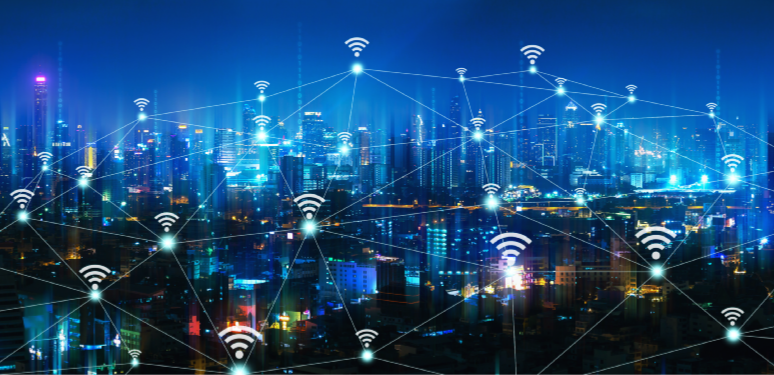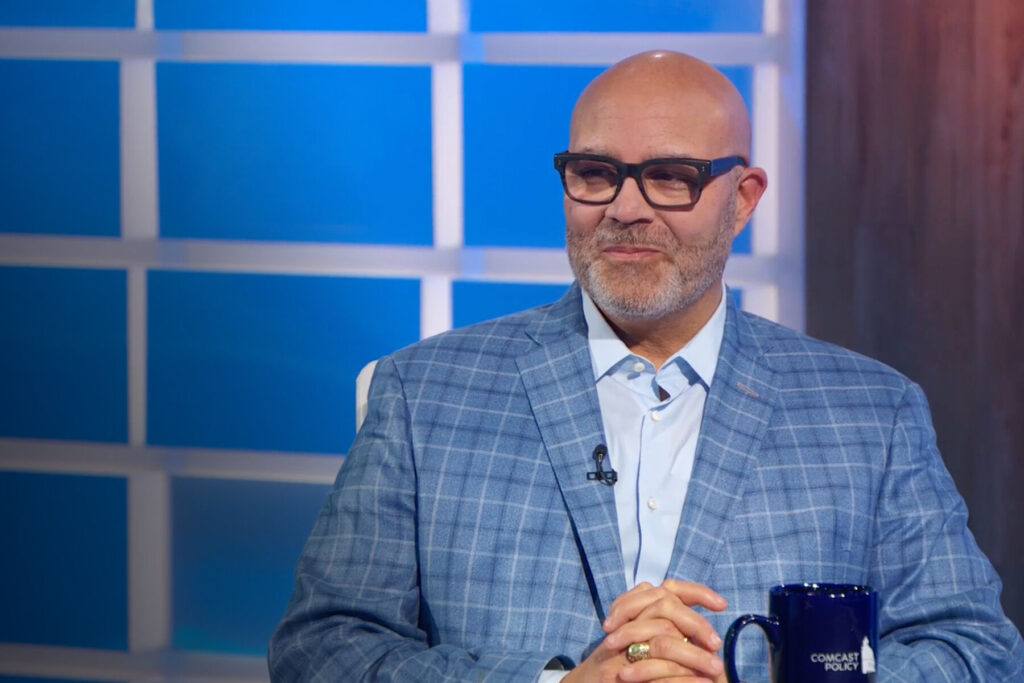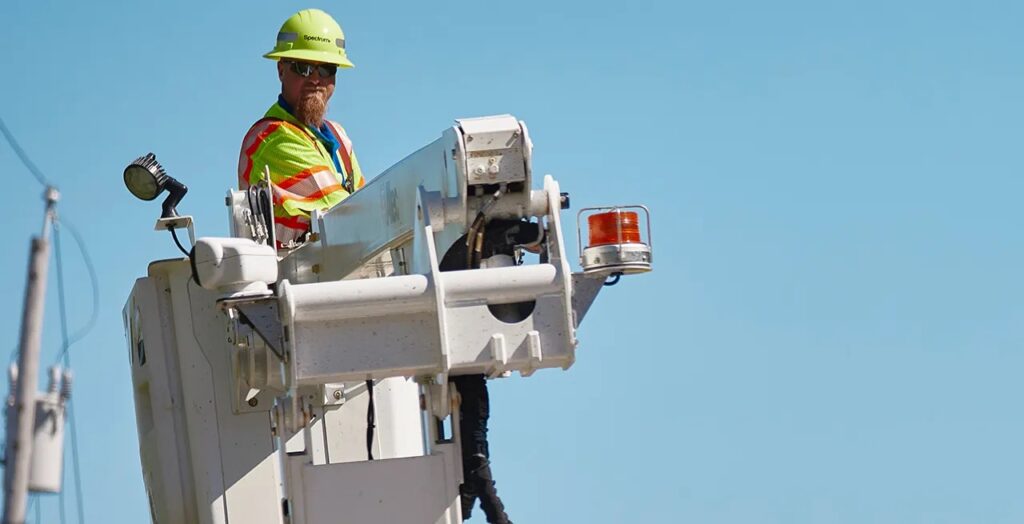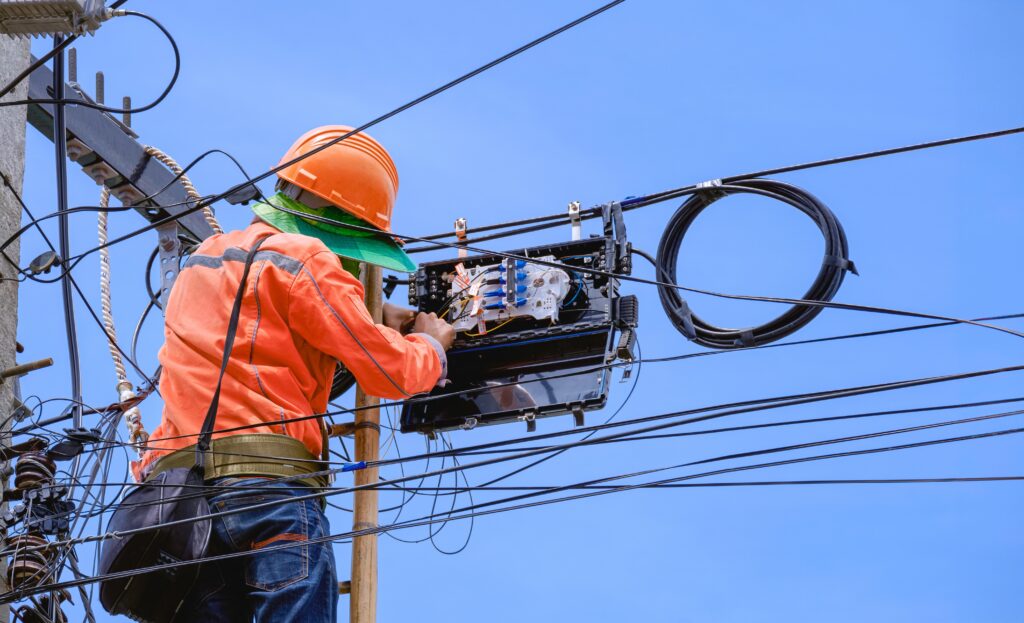America’s technological and data demands are growing. The explosion of use cases for Wi-Fi and the internet of things (IoT), in particular, has created a drive to open up more unlicensed spectrum. In December 2019, the FCC unanimously voted to consider a proposal that would dedicate a portion of the 5.9 GHz spectrum band to unlicensed use. Soon, it’s expected that the FCC will authorize unlicensed use in the 6 GHz band as well.
As this important national conversation continues, NCTA sat down with our spectrum expert, Danielle Piñeres, Vice President and Associate General Counsel, to talk about unlicensed spectrum – and why it’s such a critical resource to technological innovation today and in the future.
How is unlicensed spectrum being used today?
Unlicensed spectrum is really the lifeblood for Wi-Fi. Wi-Fi technology, which is how most consumers experience the internet, relies on unlicensed spectrum. The beauty of unlicensed is that anybody can operate in unlicensed frequencies without obtaining an FCC license or purchasing spectrum at auction.
NCTA’s member companies are working hard to deliver quality wired broadband to homes and businesses. We want to be sure that Wi-Fi doesn’t become a bottleneck in delivering that same high-quality broadband experience wirelessly to consumer devices such as laptops, tablets, and smartphones.
Our members also do other really interesting things in the spectrum space, including providing and testing fixed wireless broadband access. Fixed wireless puts radios onto towers and uses them to provide a point-to-point link that can be used to carry broadband traffic, even to rural areas where it’s not cost-effective to deploy fiber.
NCTA’s members also continue to deploy IoT networks using unlicensed spectrum. These low power, wide area networks can be used for machine-to-machine communications, asset tracking, smart cities, and many other use cases.
What is driving the push to dedicate more spectrum to unlicensed use?
We haven’t had new unlicensed mid-band spectrum made available that’s suitable for Wi-Fi since before the iPhone was introduced, more than a decade ago.
In addition to that fact, there are two primary drivers today—new Wi-Fi technologies and growing consumer demand.
While there’s been a lot of effort to free licensed spectrum for 5G, we don’t have the unlicensed spectrum resources in place yet to support the next generation of Wi-Fi technology. This new technology, Wi-Fi 6, relies on really wide 160 MHz channels – and some of our members are already thinking about the next generations of Wi-Fi that could require 320 MHz channels. We can’t do those wide channels in the bands we have today. Right now, under good technical rules that enable widespread Wi-Fi deployment, we have only one 160 MHz channel and it’s broken up into two chunks.
To enable next gen Wi-Fi and multigigabit Wi-Fi speeds, we need more unlicensed spectrum resources.
We also need more unlicensed spectrum to relieve congestion and keep up with growing demand for Wi-Fi.
Cisco’s VNI numbers continue to show growth in demand for Wi-Fi and therefore for unlicensed spectrum resources. Wi-Fi carried more than 50% of U.S. Internet traffic in 2017, and it’ll carry almost 57% of traffic by 2022. Cisco is also predicting that even more 5G traffic will be offloaded to Wi-Fi than existing cellular traffic — we’re talking more than 70% of 5G traffic that will be offloaded to Wi-Fi networks by 2022. To the extent that we see congestion in unlicensed bands already, that will be exacerbated as we see more demand for Wi-Fi as a technology in-and-of itself and more demand for Wi-Fi as an offload solution for mobile networks.
The FCC is currently considering unlicensed use in two different spectrum bands, 5.9 GHz and 6 GHz. If these move forward, what will the impact be for consumers?
The impact will be widespread if the FCC enables unlicensed access to additional spectrum bands.
With 5.9 GHz, the benefits are immediate access and congestion relief. Consumers would get quick access to the first contiguous 160 MHz wide-bandwidth Wi-Fi channel suitable for widespread deployment, and that large channel means faster speeds.
6 GHz is really the future growth home for Wi-Fi and unlicensed innovation. While 5.9 GHz would give us one 160 MHz channel, 6 GHz would enable seven new 160 MHz channels.
And impacts go beyond consumer Wi-Fi. Wi-Fi also enables other industries to thrive. It’s key for factory automation and communication in industrial facilities. It’s incredibly important at airports and other transit hubs, not just from a consumer perspective, but also for uses like tracking baggage, enabling ticketing, and tracking trains. In hospitals, it’s used for patient monitoring. Wi-Fi is critical to all of these different sectors.
We absolutely need both 5.9 GHz and 6 GHz, it’s an all-of-the-above approach.
BONUS: Closing thoughts?
When there is enough unlicensed spectrum out there, people experiment with it and come up with new and interesting technologies. If you don’t have enough unlicensed spectrum and what you have is congested, no one is going to invest in the R&D to develop new technologies in that band.
We have to have enough unlicensed spectrum to support our existing demand for Wi-Fi, to support new Wi-Fi technology developments, but to also have that playground for innovation for people to come up with the next Wi-Fi.
Who knows what new and exciting things can happen in unlicensed bands if there is enough spectrum there to support new innovations?!









